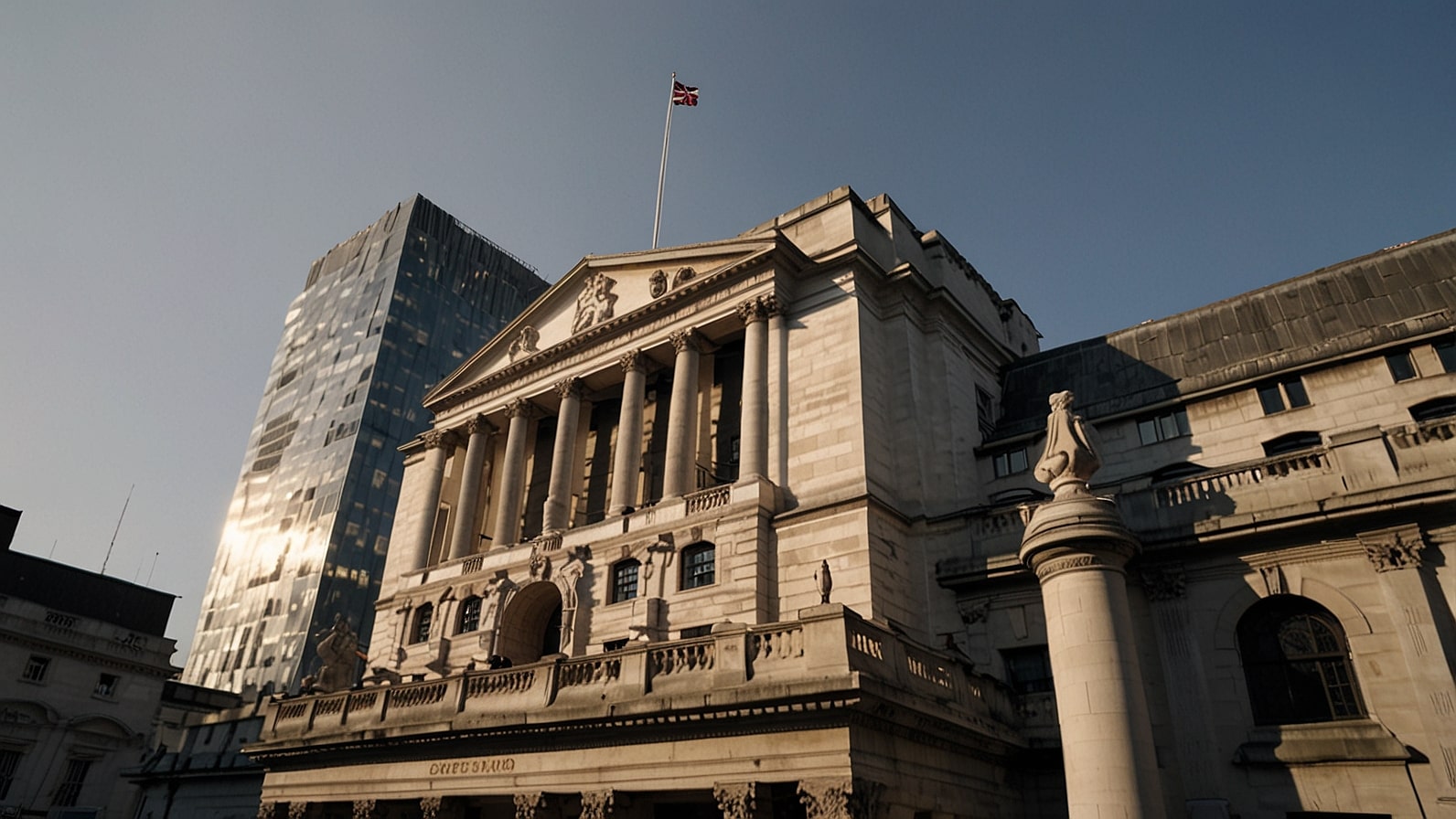In another landmark decision for the UK economy, the Bank of England announced on August 7, 2025, that it has decreased its key interest rate to 4%, marking the fifth time the interest rate has been cut since August 2024.
The decision has been arrived at following the slender 5-4 vote of the Monetary Policy Committee and also shows a continuity of balance between inflation control and economic growth. The rate, which is the lowest since March 2023, has raised both positive and negative responses among policymakers and the analysts following it since inflation has not yet been reduced to within the target.
United Divided
The near vote puts into perspective the plight of the Bank of England. Regarding elevated levels of persistent inflation, four out of the nine policymakers supported the argument to sustain the cost of borrowing. Governor Andrew Bailey was very much concerned about caution, and explained that interest rates should not be reduced too fast or too much to destabilize the economy.
Nonetheless, the lowering led to increased yields of gilt, which indicated the uncertainty of a further downward movement in the short-term market. The ruling speaks volumes in the dilemma of trying to promote economic growth and curtail inflationary forces, especially with changing trade forces across the world.
Impact on Businesses and Consumers
It is claimed that the rate reduction will give some relief to businesses and consumers facing the high cost of borrowing. Reduced interest rates would help UK companies relieve financial burdens, especially for those industry players such as retailers and commercial property sectors who have been experiencing pressures to meet mounting financial expenses and changes in consumer patterns.
To give one example, the retail industry is in focus as high street giants such as Marks & Spencer are due to report earnings, and economic data releases are likely to give clues to consumer spending. Nevertheless, the Bank’s seeming reluctance suggests that businesses do not expect sharp rate cuts in the future.
Global Trade and Tariff Challenges
The UK economy is similarly trying to tackle the side effects of the international trade shocks, especially the increased tariffs that were placed on European products by U.S. President Donald Trump. Representing what has been termed as reciprocal tariffs by the white house, these tariffs have been a cause of concern for British exports.
Any shock that raises export costs, such as the rate cut applied by the Bank of England, might act as a cushion to such exporters. However, analysts caution that growth can be adversely affected by protracted trade tensions. Besides, as a member of the world markets, the UK’s GDP of about 2.2 trillion pounds in 2023 implies the need to observe such developments across the international economies.
The Spotlight on Corporate Developments
As these macroeconomic changes occurred, a few companies in the UK took up the headlines. The acquisition of the popular restaurant chain Dishoom by U.S.-based L Catterton is a deal lobbied by the French luxury group LVMH, and it has been considered a significant step in the dining industry in the United Kingdom.
In the interim, sub-prime lender Vanquis is said to have returned to profitability in the first half of 2025 as a result of better credit quality and control over costs. TalkTalk, on the other hand, struggled with a pre-tax loss which rocketed to 465 million pounds, indicating the hardship of certain telecom companies. These are the results of different fortunes surrounding the business environment in the UK, which operates in such a dynamic economic environment.
Looking Ahead
Chancellor Rachel Reeves is under pressure to do something about a forecasted shortage of around 51 billion in UK public finances as the country heads to the autumn budget. The recent actions by the Bank of England can allow some breathing room in the fiscal policy; however, difficult decisions will be needed.
British businesses and investors must be agile in the face of worldwide uncertainties, such as U.S. tariffs and possible changes to monetary policy. The rate cut brings some hope, but the road ahead is strewn with obstacles amid the UK’s quest to sustain its economy.



